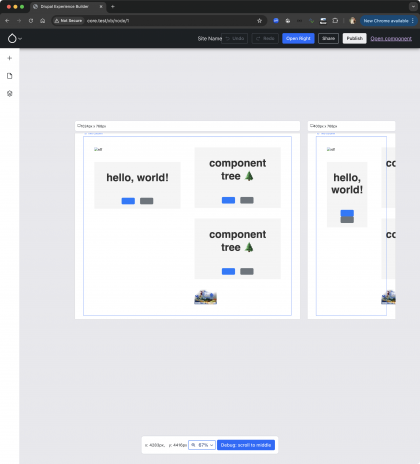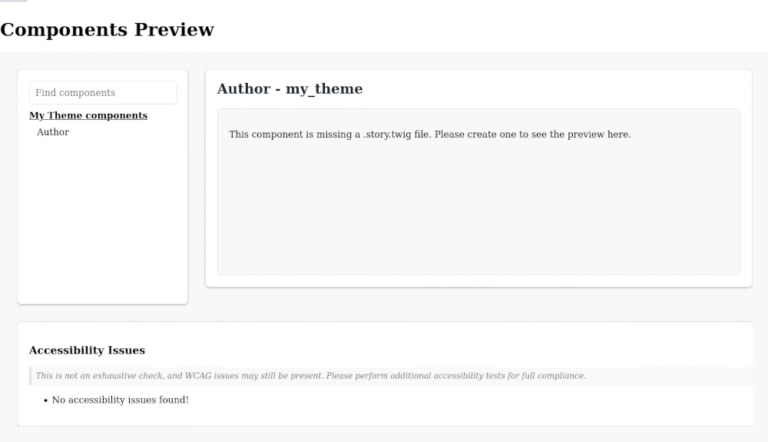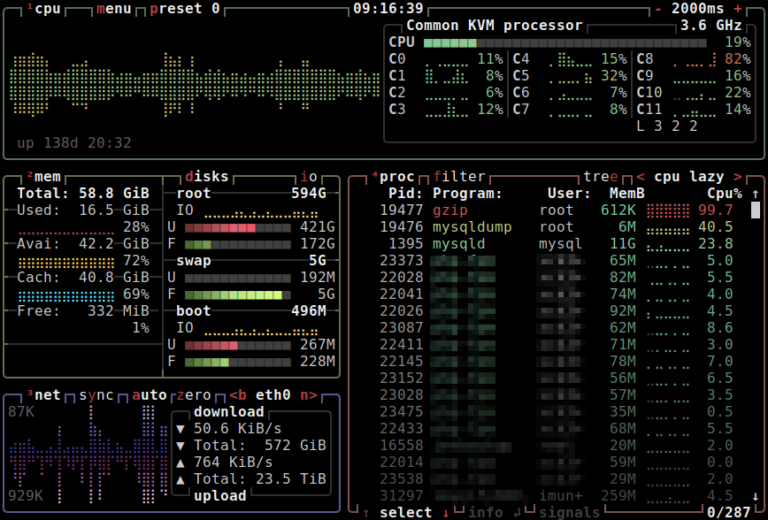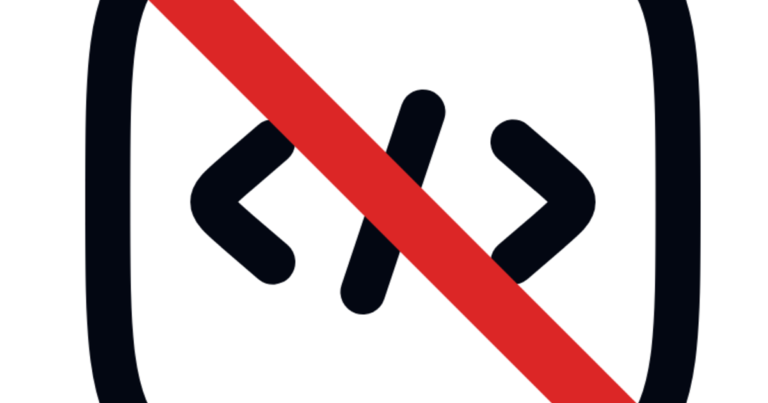
Copilot’s output is only as good as its input. A unified data environment allows Copilot to be trained on a more extensive set of organizational data. This improves its ability to understand patterns, predict needs, and suggest solutions. More and better-organized data allows Copilot to offer more accurate insights and to optimize your organization’s resources.
While efficiency and collaboration power progress, the bedrock of operations rests on the security of their data. Consolidation helps here too. A single-tenant data environment strengthens an organization’s data security while also simplifying issues of regulatory compliance.
When approaching a tenant consolidation or any migration project, two fundamental principles should guide your efforts:
The Surge in Tenant Migrations and the Role of Copilot
Here’s a snapshot of Copilot’s capabilities:
Even without Copilot, consolidation improves collaboration and increases the efficiency of remote work. A consolidated environment gives every employee access to the same tools and data, which makes collaboration simpler and faster. A single tenant facilitates seamless communication among employees and smoother project management.
Copilot’s ability to analyze, summarize, and generate content from diverse data sources has widespread applications throughout an organization. Executives are keen to utilize Copilot to alleviate mundane tasks, anticipating substantial boosts in productivity and efficiency both at the individual level and across the organization.
- Summarize email threads, team meetings, or lengthy documents
- Draft email replies
- Create new documents by integrating content from existing sources like PowerPoint presentations or Excel spreadsheets
- Analyze data in spreadsheets, identify trends and correlations, and generate visualizations
- Develop presentations from text documents and refine them based on user input
- Capture and assign action items from Teams meetings or set up agendas for future meetings
Beyond reducing costs, tenant consolidation also improves a company’s efficiency and collaboration. Employees operating in multiple, separate tenants face several barriers. Such a fractured environment creates challenges in communication and collaborating, leading to redundancies in work and inefficiencies in labor. Multiple tenants often means that users are unaware of existing resources or even similar projects underway by other employees.
The Benefits of Tenant Consolidation
Tenant consolidations are driving a notable shift in migration strategies. Organizations are increasingly transitioning from multi-tenant systems to streamlined single-tenant environments, with Microsoft Copilot being a major factor behind this movement.
Reducing Costs
Consolidation reduces the number of licensing fees your organization pays for, as well as other operational costs. This frees up valuable IT resources that can enhance productivity and efficiency. By consolidating tenants, you’re also consolidating licensing, IT support, and other resource utilization. Operating in a single data environment also streamlines overhead, making your company more efficient and nimbler, two crucial advantages in maintaining competitiveness in a challenging economic environment.
These adoption numbers will grow significantly as Copilot integrates more seamlessly into workplaces around the globe. In April, Microsoft and Cognizant announced a partnership to expand Copilot to more than 1 million users to boost productivity and efficiency.
Efficiency and Collaboration
In March 2023, Microsoft announced the launch of Copilot, its AI-powered assistant integrated into Microsoft 365. Since its launch, tens of thousands of professionals have been using Copilot across a variety of industries. In fact, a year out from its launch, 40% of Fortune 100 companies have used Copilot as part of Microsoft’s Early Access Program.
Tenant consolidation makes scaling any AI initiative easier by seamlessly integrating new technologies. Copilot is no exception. As organizations accelerate their digital transformations, they can train Copilot on an extensive, consolidated set of data. This maximizes its insight and results.
Enhanced Data Governance, Security, and Compliance
As the Associated Press reported in April, businesses are seeing a “dramatic increase” in cyberattacks, most notably ransomware attacks targeting small businesses. These attacks come from independent criminal networks and state-backed organizations. The cost of these attacks, according to the AP, has more than doubled in the last two years. The risks of extreme losses from cyberattacks, says the IMF, is also increasing.
For all the benefits that tenant consolidation brings, perhaps the largest benefit is the maximization of Copilot’s true game-changing power. Disparate data environments blunt the effectiveness of Copilot. But consolidating tenants sharpens Copilot’s capabilities.
In addition, a comprehensive assessment is also a crucial preparatory step for any migration. In a tenant consolidation scenario, this involves evaluating one or more Source environments. If you’re not dealing with a greenfield scenario and are instead consolidating existing tenants into a new one, you also need to assess the Destination environment. Assessments are primarily about understanding the data assets at hand and the workloads to be moved, for creating an accurate migration plan which includes the migration group assignment plan, document-migration strategy, and timeline
Cost is understandably one of the first things leadership considers when adopting new tools. While consolidating tenants improves the efficiency of Microsoft’s Copilot, it has the added benefit of reducing administrative overhead.
Maximized Copilot Potential
Tenant consolidation significantly enhances the capabilities of Microsoft Copilot and has numerous benefits, including:
Increasing threats demand robust security measures. Consolidating tenants makes the implementation and management of security policies less complex and more effective. Consolidation also reduces the threat surface of operations, giving cyber-criminals fewer opportunities to exploit.
By Aaron Wadsworth
Key Principles of Approaching Tenant Consolidation
Copilot, the generative AI assistant within Microsoft 365, offers valuable opportunities for MSPs to leverage these consolidation trends. It interacts with and generates content across a range of applications, including Word, PowerPoint, Excel, and Outlook. Copilot can handle tasks from simple queries to complex instructions, such as creating entire presentations.
- The Migration is Just the Tip of the Iceberg: The actual migration process represents only about 20% of the overall effort. The majority of the work involves assessing both the Source and Destination environments, thoroughly planning, and documenting the migration process to set clear expectations for stakeholders and users. This documentation is typically referred to as an Organizational Change Management (OCM) plan. Creating a detailed OCM plan is crucial for a smooth transition.
- Effective Communication is Crucial: Communication with stakeholders and end-users is essential for a successful migration. Properly informing users about upcoming changes and the reasons behind them helps prevent misunderstandings and reduces the likelihood of disruptions. A well-prepared OCM document plays a critical role in this process, ensuring that users are aware of and prepared for changes. This proactive approach helps mitigate potential issues and supports user productivity immediately after the migration. With adequate planning, the technical aspect of data migration is relatively straightforward. Failures in migrations typically stem from insufficient planning or inadequate communication, which underscores the importance of a comprehensive and detailed OCM plan.
Along with better security, tenant consolidation also makes data governance and compliance more streamlined. Stricter data privacy laws such as GDPR and CCPA are changing how businesses can collect and handle personal data. Consolidating tenants helps ensure that a company’s data management practices remain consistent and compliant across different regulatory environments.
A Game-Changing Tool
Microsoft’s Copilot is a game-changing tool that companies across the globe are adopting. But to fully leverage the capabilities of Copilot, you must consolidate your data environment. Tenant consolidation improves data access, organizational collaboration, and data security. It also reduces overhead costs and streamlines IT resources. In the era of digital transformation, tenant consolidation is essential to maximize AI performance, optimize regulatory compliance, and promote scalability.
What many companies might not yet realize, however, is that there are ways to maximize their use of Copilot. To create the biggest ROI from Copilot, companies should consolidate tenants. Beyond improving the efficacy of Copilot, tenant consolidation also improves data governance and security.






